Hyundai's Clever Uni Wheel Aims to Replace the CV Joint
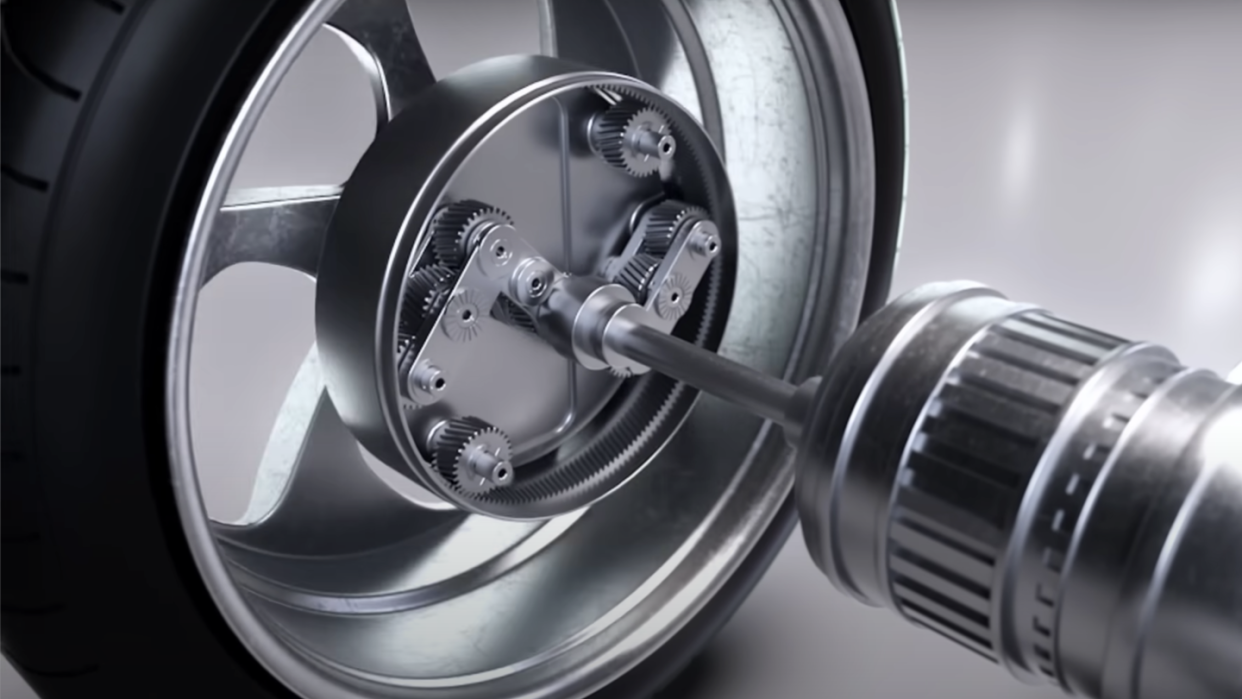
You might not have thought there was anything wrong with the good old half-shaft and CV joint, but Hyundai says it has a better solution. The Korean automaker has developed what it calls a Universal Wheel Drive System, "Uni Wheel" for short, that promises big efficiency, comfort, and packaging benefits for future EVs.
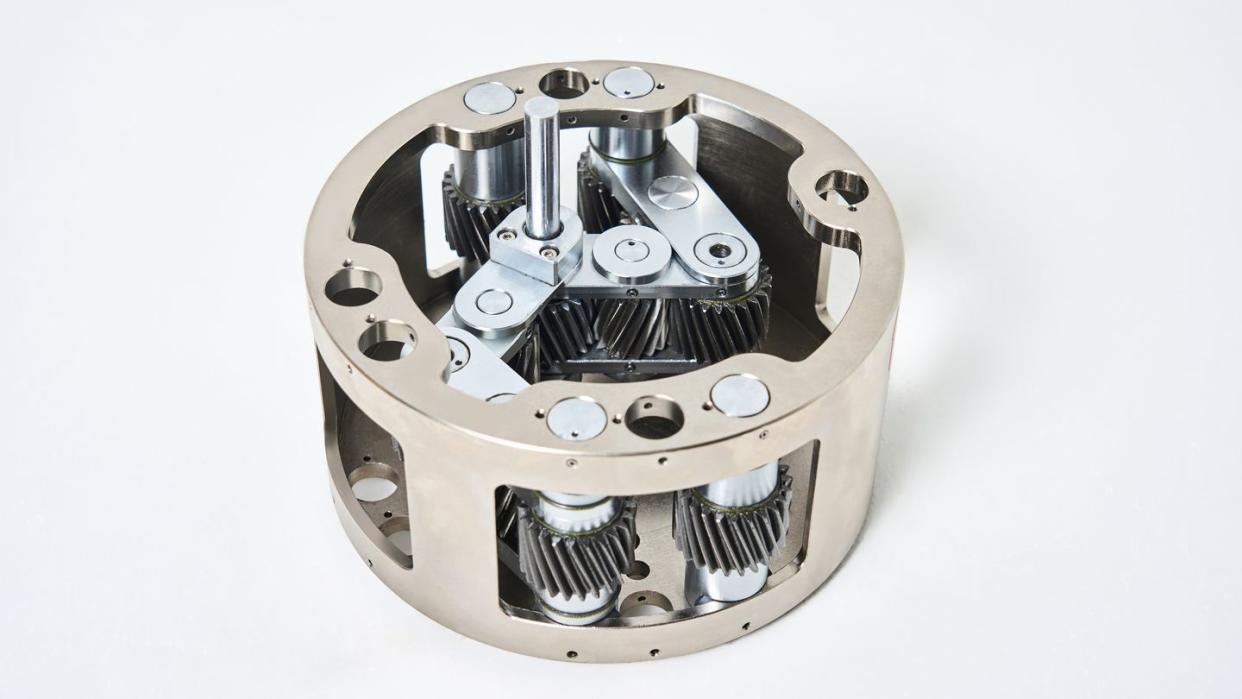
It's all based around a planetary gearset. In a Uni Wheel, the sun gear takes power from a vehicle's electric motor. On either side of the sun gear are four pinion gears arranged in linkages that drive the planet gear. What's clever is that the linkages are designed in such a way that they can move up and down and side to side while continually driving the planet gear. As the car's wheel moves around over the road surface, the pinion-gear linkages move too, but the sun and planet gears remain fixed in place. (For a more visual explanation, Hyundai has a great video detailing the Uni Wheel on YouTube.)
This alone ups efficiency, Hyundai says. The automaker also found that power transmission remains remarkably constant no matter the stroke of the pinion-gear linkages. Of course, we don't know exactly how much more efficient Uni Wheel is than a traditional half-shaft and CV joint like for like. But, with EVs, automakers have to look for incremental efficiency gains everywhere.
The EPA considers a single gallon of gas as being equivalent to 33.7 kWh. Put another way, a long-range, rear-wheel drive Hyundai Ioniq 5 does its 303 miles of range with the equivalent of 2.3 gallons of gas, based on its 77.4-kWh battery. When you look at EVs in these terms, you start to understand why automakers have to work hard to achieve the utmost efficiency.
Hyundai might argue that a like-for-like CV vs. Uni Wheel comparison isn't relevant, either, as this new solution offers huge packaging benefits. The Uni Wheel obviates the need for a separate gear reduction, as that job is handled by the sun and planet gears. (Right now, Hyundai is working with a 6.241:1 ratio, but this may be tweaked for a production application.) This then allows a motor to be placed close to the wheel, freeing up space in the middle of the axle.
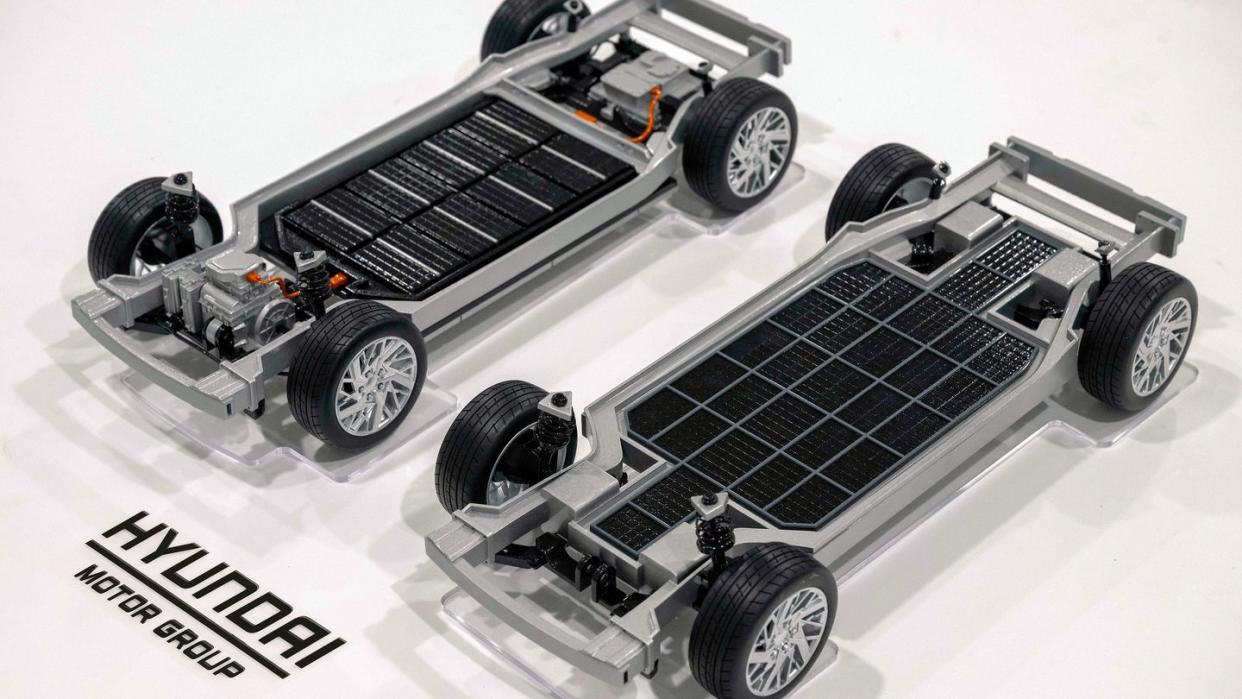
For now, Hyundai envisions the Uni Wheel as working exclusively with individual motors near the wheels. Even in EVs with multiple motors on the same axle, the auto industry still uses a fairly conventional layout with motors in a central housing, and half-shafts and CV joints attached to the wheels. Obviously, the same is true for EVs with one motor on an axle. By opening up this space, Hyundai says it can now package more battery cells and/or interior space. So an EV of a smaller footprint can have the interior room and battery capacity of a larger vehicle.
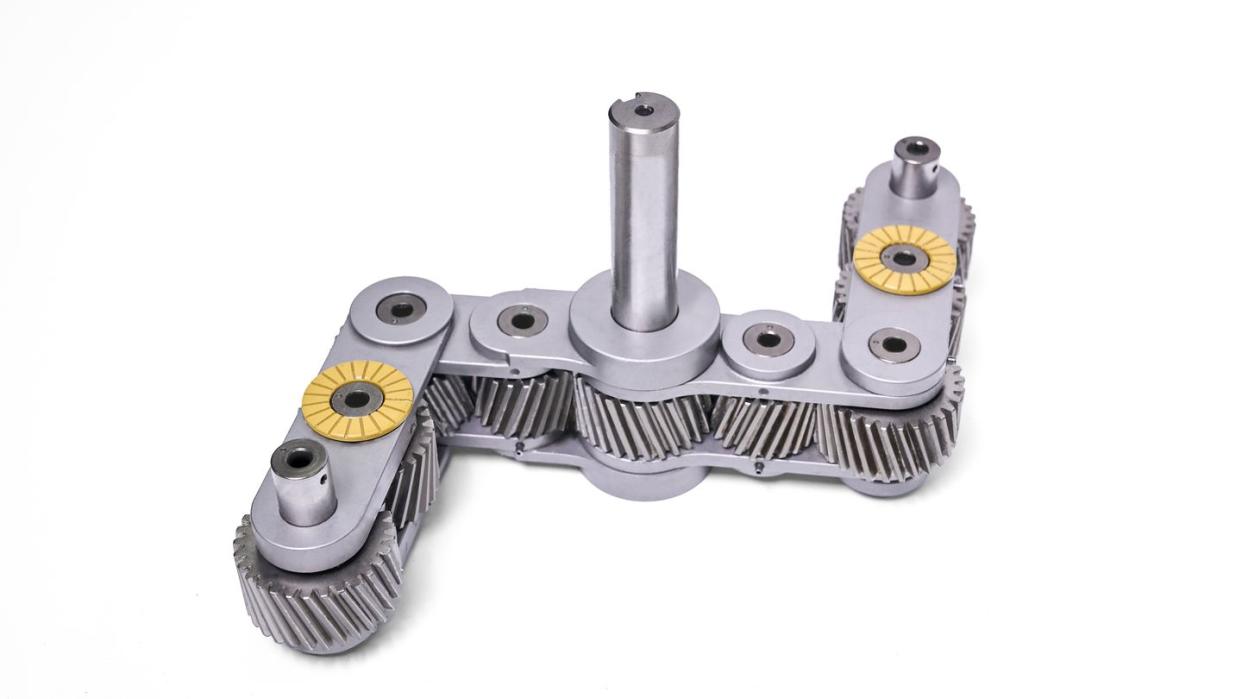
What's so interesting about this is its simplicity. It's just gears, and a lot fewer than, say, a multi-speed transmission for an internal combustion car. I'm reminded of Toyota's Hybrid System, which seems complicated from a distance, but is really just simple motors and gears. And look how reliable that system is.
In a press release, Hyundai describes the Uni Wheel as "paradigm-shifting." We're used to automakers making big claims in public communications, but that is a very big claim. Time will tell whether this reaches production, let alone becomes a new standard.
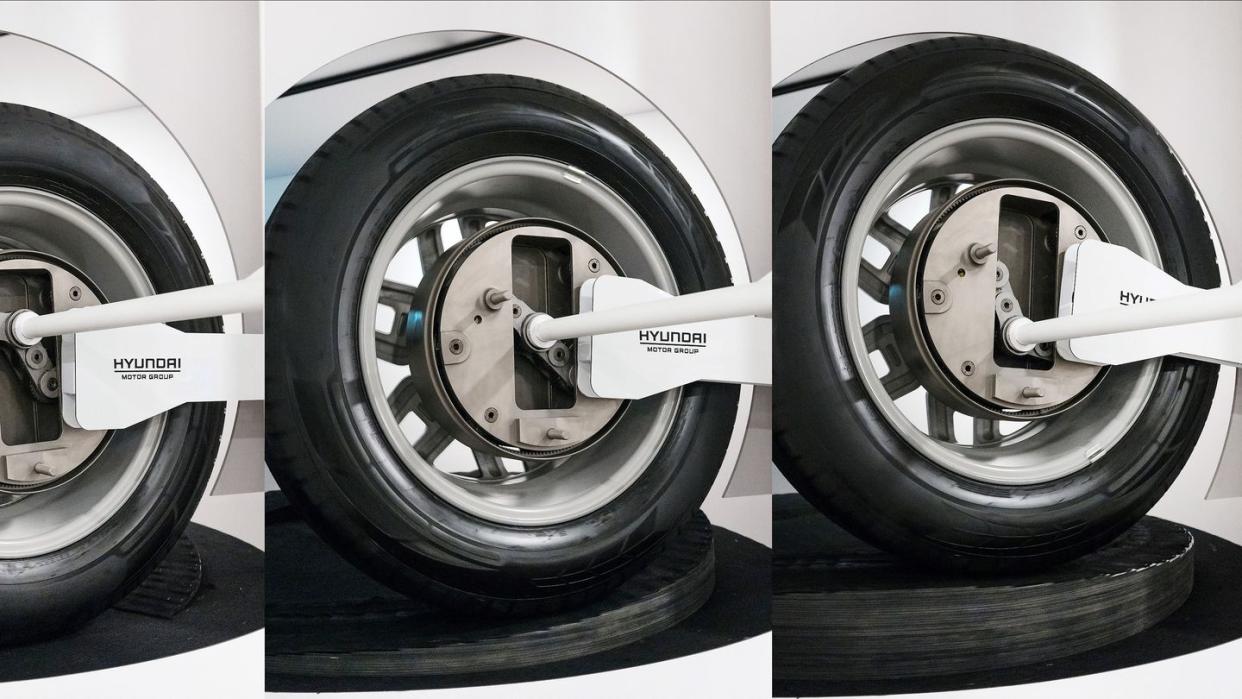
Big questions remain too. Like, where do you mount brakes when you've got this huge planetary gear set pushed out to the corners of the car? How does it affect unsprung weight? And, is it cheaper or more expensive to use motors at each wheel rather than a motor or motors in the center of the car? Hopefully we'll learn more soon, because this is a promising development.
You Might Also Like
